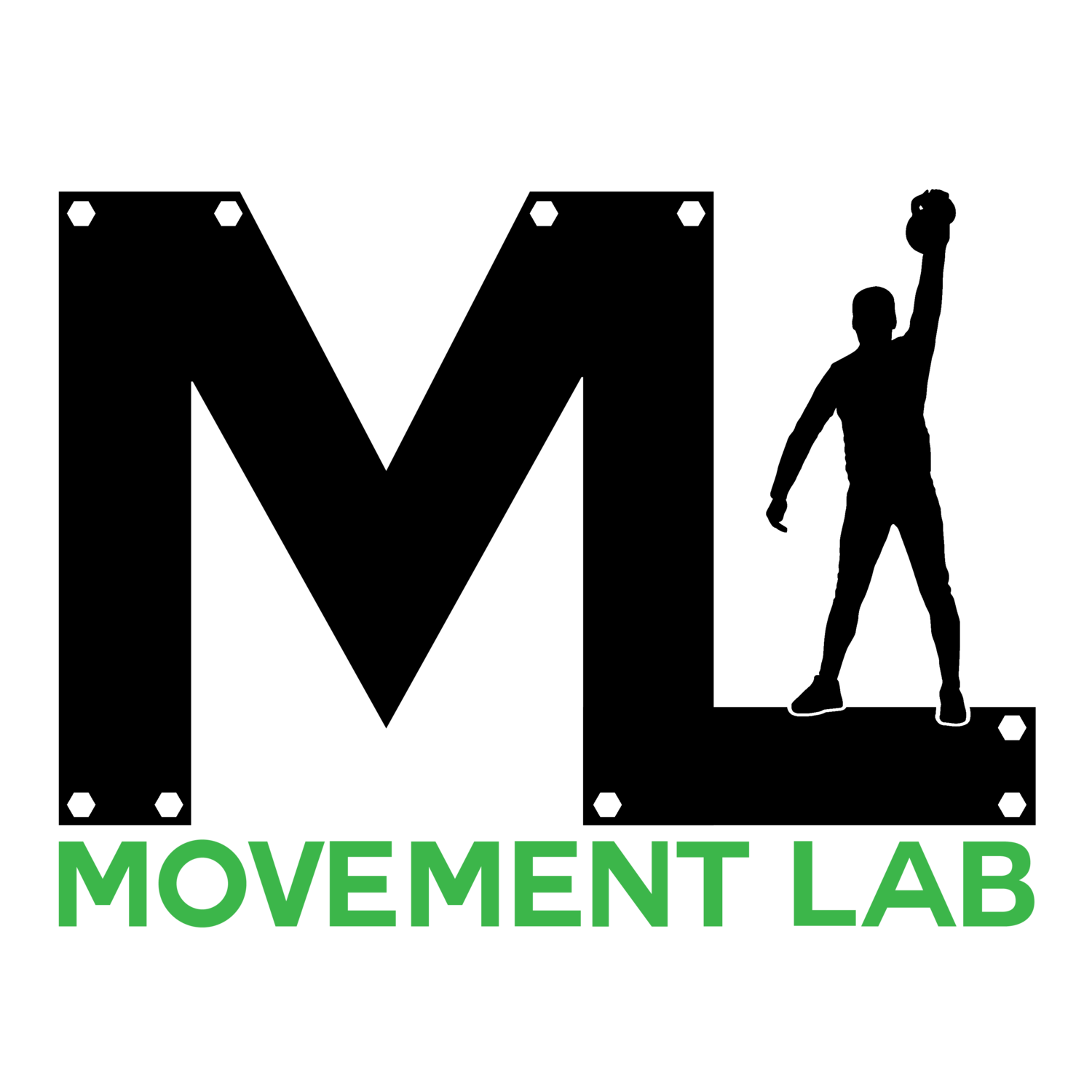Regional Interdependence: The Underlying Principles That Defines Our Approach
“Why is the doctor so focused on my ankle when it’s my knee that is hurting?!” This is a great example of some of the relevant question’s patients have for us when forgoing treatment. We’re not lost and we know where your knee is, I promise (ha ha). This example encompasses the model Regional Interdependence. According to Wainner (2007), Regional Interdependence is defined as impairments or dysfunction (range of motion, motor control) in anatomical regions of the body seemingly unrelated to the area of primary complaint. This model is supported by the Joint-by-Joint principle introduced by Mike Boyle and Gray Cook, that is, the human body is a series of stable segments connected with mobile joints (Boyle 2020). Meaning, if we start at the feet and work our way up, we will see the foot is supposed to be stable, ankle mobile, knee stable, hip mobile, and so on and so forth (figure 1). If and when this pattern is disrupted, responsibility of other joint systems can be altered; this is when pain ensues. We base our entire assessment and treatment off of this model. For each degree of range of motion that is required at a certain joint, we need the joint systems above and below to control this freedom of motion. A great example of this model in play is that of the shoulder and it’s relationship to the shoulder blade, if you reference figure 1, you’ll see a mobile shoulder and a stable shoulder blade. If mobility is lost at the shoulder, the shoulder blade will move as a unit, in conjunction with the shoulder.
Figure 1: Joint-by-Joint Approach: alternating pattern of stable segments connected to mobile joints
We classify pain into two different categories, the sourceand the cause. The source can easily be identified as the site of pain or discomfort. More difficultly discovered, the cause, which is unknown. Mobility is expressed through the presence of stability. The more the body can perceive stability, the more willing it is to allow proper mobility. The same exist in life, the more stability you have in life, the more likely you are to explore your environment. The cause is more easily defined as WHY the pain exist. An example that sums up this principle-based model is taking 5 construction workers who have to complete the task of loading a 10,000 brick pile into the back of a truck 30 feet away. They all begin to chip away at this monstrous pile, however, at every 30 minute interval, one worker is called away for a different job. As the minutes count down, only one worker remained, but the task still has to be completed. Who do you think is going to be in more pain at the end of the day? Now substitute those workers for body segments, how do you think your low back will feel if your foot, ankle, knee, and hip decide not to do their job? Historically, most practitioners will go directly after the site of pain, thinking that is what is dysfunctional. Yes, the symptoms may go away, but the disrupted pattern of stable and mobile segments that remains uncorrected, is going to lead to the same problem in days, weeks, or months to come. Trauma, like the one explained in the brick movers, isn’t the trauma you would most expect to occur (the person didn’t have a fall, accident or spontaneous injury, although, this can disrupt that pattern too). This is the most common type, which is called microtrauma in the form of overuse or misuse.
We can’t assume that the site of pain is the cause, more than likely, this is overused sensitive tissue that is simply the victim, not the culprit. We enter each exam with this thought process, looking for Texas size dysfunctions that is breaking these movement principles. We want to reduce pain as quickly as possible, but we also don’t want to spend most of our time chasing after fools gold. If we correctly identify the weakest link in the chain and implement a treatment intervention for that specific region and your pain gets better, we’ve correctly identified the key player in the cause of the discomfort. The key to making this work is to treat the what (painful tissue) and correct the why (reason for painful tissue), it is this balance we are continuously working towards. Our goal isn’t to just get you better as fast as we can, it’s to reduce pain while reducing the chances of this discomfort returning. In better words, to treat the person as a whole and not just as a body part.
References:
Wainner RS, Whitman JM, Cleland JA, Flynn TW.Regional interdependence: a musculoskeletal examination model whose time has come. J Orthop Sports Phys Ther. 2007;37(11):658–60
Sueki, Derrick G et al. “A regional interdependence model of musculoskeletal dysfunction: research, mechanisms, and clinical implications.” The Journal of manual & manipulative therapyvol. 21,2 (2013): 90-102. doi:10.1179/2042618612Y.0000000027
Strength Coach.com | Strength and Conditioning. “A Joint-by-Joint Approach to Training.” Strength Coach.com Strength and Conditioning Sports Training Information from Mike Boyle, 21 May 2020, www.strengthcoach.com/public/1282.cfm.

